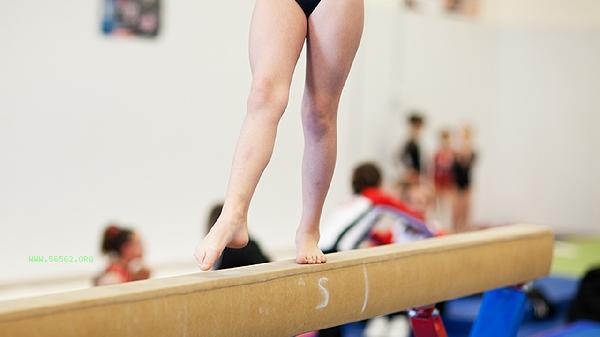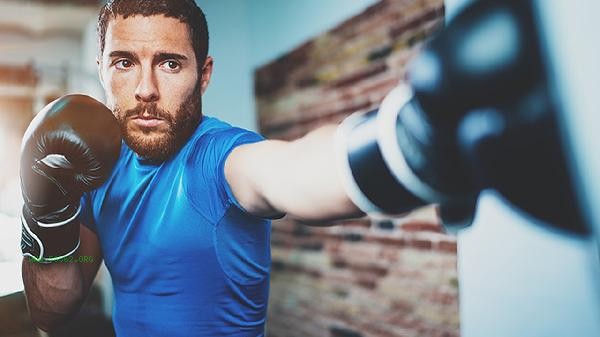The diet combination for sports and fitness should take into account the reasonable ratio of carbohydrates, proteins, and fats, while supplementing micronutrients such as vitamins and minerals. There are five core combinations: whole grain staple foods, high-quality protein foods, low sugar fruits, dark vegetables, and healthy fats.

1. Whole grain staple foods
Whole grains such as brown rice and oats are rich in complex carbohydrates, which can provide sustained energy and maintain blood sugar stability. Consuming an appropriate amount of whole grains 1-2 hours before exercise can help improve exercise endurance. Eating whole grains with legumes can also increase protein absorption, making it suitable as a basic energy source for fitness enthusiasts.
2. High quality protein foods
Low fat and high protein foods such as chicken breast, fish, and egg whites can promote muscle repair and synthesis after exercise. Whey protein and plant protein powder can be used as supplementary options, and it is recommended to supplement within 30 minutes after exercise, with a small amount of carbohydrates for better results. Be careful to avoid high-fat cooking methods. 3. Low sugar fruits
Blueberries, strawberries, and other low glycemic index fruits provide antioxidants to help alleviate oxidative stress after exercise. Bananas have a high potassium content and are suitable for supplementing electrolytes after high-intensity training. Fruits are recommended to be consumed as an extra meal before and after exercise to avoid consuming them in large quantities with the main meal, which can affect digestion and absorption.
4. Dark Vegetables

Dark vegetables such as broccoli and spinach are rich in trace elements such as vitamin K and magnesium, which help to restore inflammation after exercise. The dietary fiber in vegetables can regulate the absorption rate of nutrients in the intestine. It is recommended to consume more than 200 grams per meal and use fast frying or steaming to retain nutrients.
V. Healthy Fats
Unsaturated fatty acids found in nuts, avocados, and deep-sea fish can reduce joint inflammation caused by exercise. The daily intake should be controlled at 20-30 grams and can be used as a component of an extra meal. Olive oil is suitable for cold dishes, while flaxseed oil should not be cooked at high temperatures to avoid trans fat intake.
Sports enthusiasts need to adjust their daily total calories according to the training intensity. It is generally recommended that carbohydrates account for 50% -60%, protein 15% -20%, and fat 20% -30%. During the muscle building phase, the protein ratio can be appropriately increased, while during the fat loss phase, total calories should be controlled but excessive reduction of carbohydrates should not be allowed. Pay attention to dispersing the frequency of eating, avoid overeating 1-2 hours before and after exercise, and supplement electrolyte drinks in small amounts during training. Long term bodybuilders should regularly check their body composition and timely adjust their diet plans. Special groups such as diabetes patients need to develop personalized recipes under the guidance of nutritionists.







Comments (0)
Leave a Comment
No comments yet
Be the first to share your thoughts!